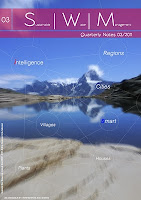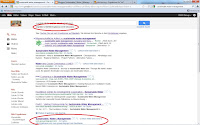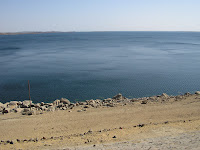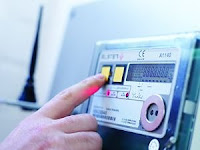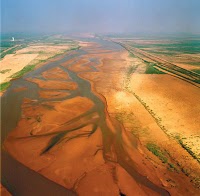Merry Christmas & Happy New Year 2012

Dear All, I would like to take the opportunity to wish you a Merry Christmas and a Happy New Year 2012. I hope you can enjoy some peaceful and relaxing days and look forward to a 3rd year of open-minded and well-founded sustainability debates on Sustainable | Water | Management. Thank you very much for your kind attention. Cordially yours, Wolfram Scharnhorst, Ph.D., M.Sc. Founder Sustainable | Water | Management Sustainable | Water | Management Olten Switzerland ☎+41 (0)76 336 12 55 | ✉swm.group@gmx.net | www: http://swm-group.blogspot.com













